Headphones are a great accessory to have for every type of user. There are a variety of headphones available in the market. But for many discerning users, the debate between open back vs closed-back headphones is always in play when buying headphones. But what exactly is the difference between the two?
In this article, we’ll go through the differences between open back vs closed-back headphones and which headphones are the perfect fit for different uses.
Also Read: Best Studio Headphones in 2021: The Ultimate Guide
What are Open Back Headphones?
Open-back headphones are more common in music production than in everyday use. Even then, these types of headphones are more popular among audiophiles and music producers alike.
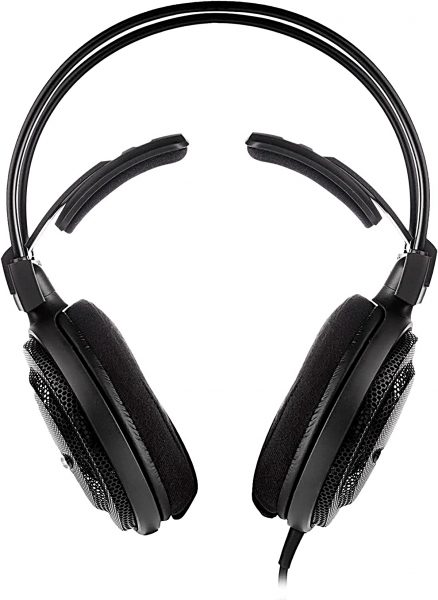
The deal with Open-back headphones is that they don’t have Active Noise Cancellation (ANC) and sound isolation. Even when you are wearing the headphones, you’ll still be able to hear what is going on around you. This is ideal if you still want to have situational awareness — especially when you’re jogging or running. While it might not appeal to those looking for total isolation and noise cancellation, there is still much to love about open-back headphones.
You will love the soundstage that it offers because it is larger, deeper, wider, and more open. The sound is virtually more immersive and it is reminiscent of a set of stereo speakers but portable. Open-back headphones also deliver more natural and realistic audio. It is more accurate and clear which is great for music production as you want a set of headphones that are as accurate as possible.
Moreover, open-back headphones are lighter and more comfortable. It’s great to wear for long hours without any discomfort. While it’s not a guarantee that all open-back headphones are like this, you will still be able to find them in the market. Speaking of the market, you will usually get open-back headphones at a variety of prices. There are ones that you can get for cheap at around $70 but you can also get high-end headphones that are priced at $1,000 and above.
Ultimately, open-back headphones are great if you’re going to use them in a confined environment like the studio. It’s not something that you should get if you’re looking to use it outdoors or anywhere that can be noisy. These headphones deliver audio that is more natural and realistic than closed-back headphones. Notably, these aren’t the headphones that you should get if you’re looking for something that has ANC or sound isolation. Open-back headphones are known for their sound leakage which isn’t recommended for outdoor and casual use.
PROS
- Open and natural soundstage
- Clear and accurate sound
- Immersive experience
- Comfortable to use for long periods
- Better situational awareness
CONS
- No ANC and isolation
- Sound leakage
- Volume can compensate for the lack of isolation but it can reach unsafe levels
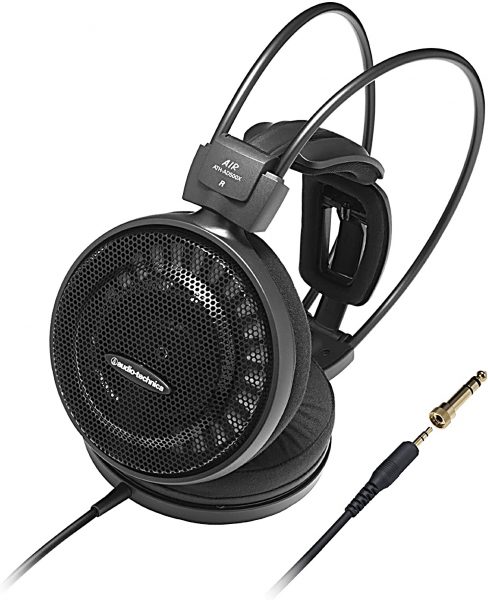
Our Pick for the Best Open-back Headphones: One of the best open-back headphones in the market today is the Audio-Technica ATH-AD500X. Not only is it lightweight but it also offers great sound separation and a mid-range audio profile that allows you to hear sounds more accurately. Moreover, it’s relatively cheap and offers great features for its value.
Closed-Back Headphones: What Are They?
Closed-back headphones are very prevalent in the market today. You’ll find this type of headphones almost everywhere when you buy online or in retail stores. In terms of design, you can easily identify closed-back headphones by their ear cups. The ear cups on these headphones usually lack vents, see-through mesh, and perforations. However, the best way to identify open-back vs closed-back headphones is to always put them on and listen to the sound.
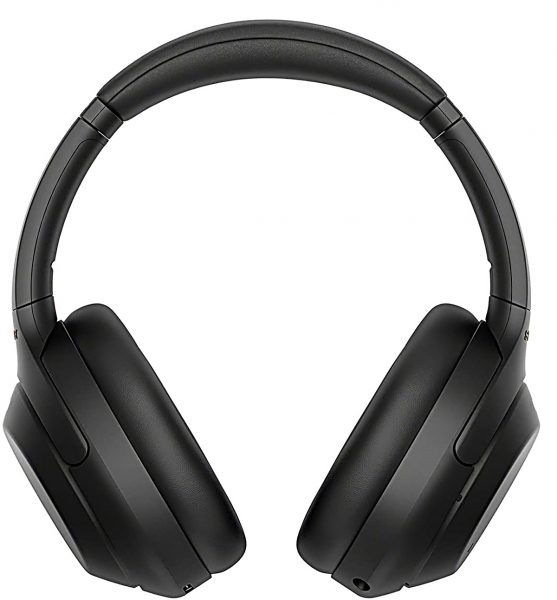
In terms of ANC and sound isolation, closed-back headphones offer the maximum amount of this the ear cups muffle or dampen exterior noise. That said, do bear in mind that the amount of sound isolation depends on the quality and density of the headphones. Contrary to open-back headphones, closed-back headphones are better for outdoor wear as it prevents ambient sound from interrupting in and prevents sound leakage. You can also enjoy sound at volume levels that are lower and safer because you can hear the sonic details in music tracks better. Closed-back headphones also offer more privacy even when your volume is up.
However, keep in mind that the soundstage on closed-back headphones is smaller. This ultimately affects the sound quality, accuracy, and quality. Depending on the headphones that you have, the effects can vary from subtle to more noticeable.
Finally, in terms of comfort, closed-back headphones are not for long-term usage. These headphones usually have a hot and enclosed feeling around your ears. It also traps heat and moisture easier as it lacks airflow. Although, they are great headphones to use when you’re out and about because of their ANC and sound isolation. Just remember to take breaks in between using the headphones to prevent discomfort.
PROS
- Superb sound isolation and ANC
- Little to no sound leakage
- Improved lower-level frequencies
- Affordable and readily available
- Enjoy audio at lower and safer volume levels
CONS
- Reduced sound clarity and accuracy
- Less immersive soundstage
- Uncomfortable long term usage
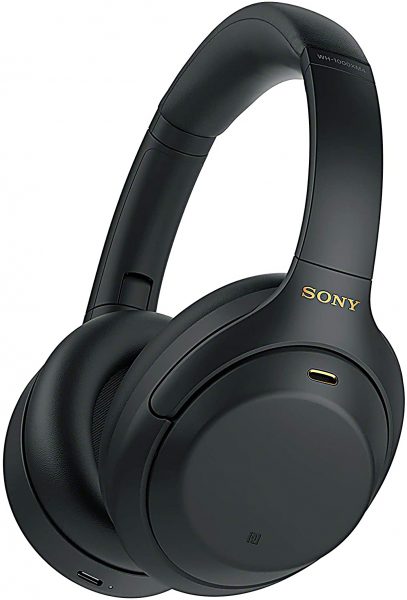
Our Pick for the Best Closed-back Headphones: The Sony WH-1000XM4 Wireless is one of the best closed-back headphones in the market today. The headphones are sturdy and feature a comfortable fit. These headphones offer up to 37 hours of playback on a single charge. The headphones also feature built-in Bluetooth and access to your virtual assistant. You can also fine-tune your listening experience with the Sony | Headphones Connect app that you can use the headphones with. It also features ANC that is high-effective and filters out a huge amount of ambient sound. These headphones have rich features, superb ANC, great sound isolation, and a great build that many users will appreciate.
What are Semi-Open Back Headphones?
Semi-open back headphones offer a balance between open and closed-back headphones. They have virtually the same appearance as closed-back headphones but they feature parts from open-back headphones.
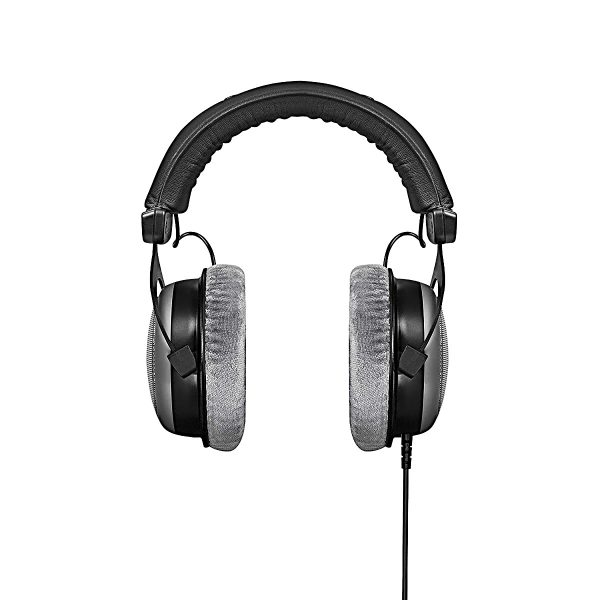
Semi-open back headphones usually have sound leakage but to a much lesser extent. It also has sound isolation but you should expect that it’s not as good as that of closed-back headphones. It does have a wider soundstage but the sound will not be as clear and complete. With this in mind, it’s better to listen to your tunes in private as there is sound leakage. Further, these headphones aren’t exactly good companions for music production because the sound leakage might disrupt the recording. Additionally, users might also have problems with mixing and mastering audio as these headphones don’t give the accurate sound quality that open-back headphones provide.
Ultimately, defining whether semi-open back headphones are good or bad is up to the user. While many prefer getting either open or closed-back headphones, some prefer semi-open back for streaming and music production. In this case, it’s up to the user to decide which headphones are the better fit for them.
PROS
- Natural openness
- Comfortable
- Transparent and accurate sound
CONS
- Not suitable for tracking and recording vocals
- Prone to sound leakage
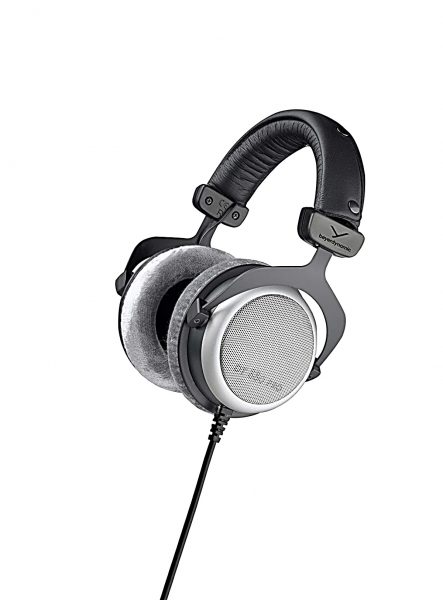
Our Pick for the Best Semi-open Back Headphones: If you’re looking for a pair of semi-open back headphones, consider the Beyerdynamic DT 880 PRO. These headphones are good for streaming music as well as music production. It produces solid sound detail that will help when you’re mixing or mastering audio. The headphone is also comfortable to wear because of its soft headband which will allow you to use the headphones for long periods.
Open Back vs Closed-Back Headphones: What’s the Difference?
There are a few noteworthy aspects that differentiate open back and closed-back headphones. Apart from look and feel, there is also a significant difference in the audio that they produce.
That said, here is a quick rundown of how you can easily differentiate open-back vs closed-back headphones.
Open-back headphones allow audio to leak out of the headphones. They do not cancel out ambient noise nor do they have ANC and isolation. Open-back models deliver sound that is more airy and clear in comparison to closed-back headphones. These headphones are great if you intend on using them in an enclosed space like a studio. This is also great for those in the music industry as it allows them to hear the audio clearly and accurately.
Closed-back headphones, on the other hand, are made to cancel out as much noise as possible and isolate its user from ambient noise. These headphones usually have larger ear cups that help provide more isolation. They also minimize sound leakage. These headphones are the most common type that you’ll find in the market today.
Both the open-back and closed-back headphones have full-size over-ear models. They also have smaller on-ear variants. Depending on what you’re looking for, both types are available in the market.
Which Is The Best for Mixing and Studio Use?
In terms of mixing and studio use, the best headphones are open-back headphones. While they aren’t the best type of headphones for outdoor or streaming, many professionals prefer using open-back headphones for music production.
Because of their ear cups, open-back headphones allow air to pass through which doesn’t build up pressure and affect the sound. It also doesn’t create echoes and produces a more natural sound than closed-back headphones. Furthermore, they are also better for long production hours. Since air can freely flow through the headphones, hearing fatigue isn’t that much of a concern.
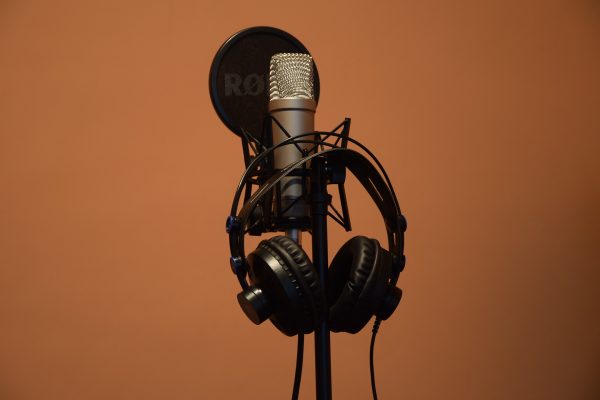
Because of its over-ear factor, the headphones produce a natural bass end and more comfort. They are the most ideal headphones to use for mixing in this case.
However, be sure to use them in a confined environment. Since open-back headphones are more prone to ambient noise and sound leakage, it’s better that you use them in a studio setting to make sure that you have minimal interference.
Open Back vs Closed-Back Headphones: The Best for Music Streaming
In the debate of open back vs closed-back headphones, it’s a bit harder to judge which one of them is the best for music streaming.
Open-back headphones provide a more natural sound. They are also more immersive when you play music through them. Moreover, its bass end is deeper and more natural than closed-back headphones.
The downside of using open-back headphones for music streaming is their lack of active noise isolation. Because they don’t have these properties, it’s easier to hear ambient noise. You will need to use the headphones at a higher and more dangerous volume level to drown out exterior noise. There is also minimal privacy when you use open-back headphones because it is prone to sound leakage.
Closed-back headphones, on the other hand, offer ANC and sound isolation. Because of its build, the headphones can drown out exterior noise and you don’t have to use higher volume levels to get rid of ambient sound. You can wear them to public places and don’t have to worry about sound leakage or any exterior noise coming in. They are ideal for music streaming in this sense.
However, you have to take note that closed-back headphones have a smaller soundstage. Thus, the sound quality differs from open-back headphones. That said, you might not be getting sound at its best quality if you’re using closed-back headphones. But this shouldn’t be an issue unless you’re in the music production industry and have to pay close attention to accuracy and clarity.
In this case, it’s up to the user’s preference and their needs. Some professionals prefer using closed-back headphones and casual listeners prefer open-back headphones. When it comes to music streaming, preference is one thing to consider when choosing the best headphones for you.
Which One Is The Best for Outside Use?
Choosing between open-back vs closed-back headphones for outside use is a bit tricky. Again, preference plays an important role in this as much as other factors do.
Closed-back headphones are not ideal for outdoor use. Because of their ANC and sound isolation, it will be difficult for users to hear what is going on around them. As such, users won’t be as self-aware as they should be when they are outside. While they can easily lower the volume on the headphones to hear their surroundings, it will still be difficult for ambient sound to penetrate the ear cups.

Open-back headphones, on the other hand, are better for outdoor use. Since external noise can penetrate through the ear cups, users can easily hear their surroundings while they’re jogging or walking. Moreover, these headphones are more comfortable to wear outdoors because of their build.
Ultimately, it will depend on user preference. Some can make do with closed-back headphones while others prefer open-back headphones. In any case, it’s always best to avoid wearing headphones in public to prevent untoward incidents.
Open Back vs Closed-Back Headphones: The Best for Comfort
Hearing fatigue commonly happens whenever users spend too long wearing their headphones. It’s ideal to purchase a pair of headphones that not only serves their purpose but also provides comfort for long-term usage.
Open-back headphones are more comfortable to use than closed-back headphones. Because of its design and build, your ears will have more space to breathe. Heat and moisture won’t build up inside the ear cups because of the headphones’ open design. It’s best for long listening periods because they are more lightweight and comfortable.
Closed-back headphones, on the other hand, are the opposite. Because they have a closed design, air can’t pass through them. Heat will get trapped inside the ear cups. This will create an uncomfortable environment for the user if left for long hours.
Open-back headphones easily take the cake when it comes to comfort. Its open design provides a comfortable environment for users who intend to use the gadget for long periods. Though there are closed-back headphones that boast comfort, most closed-back headphones are still uncomfortable when used for long hours. In this case, it’s best to have a wear taste to find which one is the best for you.
Takeaways
When picking between open-back vs closed-back headphones, it’s always important to think about your immediate needs as a user before purchasing a pair of headphones. The better option to get is always the one that you need the most. If you’re in the music production industry, open-back headphones might be the best option for you. For audiophiles, closed-back headphones might provide a better listening environment for you because they offer sound isolation and ANC. Ultimately, finding the best headphones always depends on the user’s preference.
